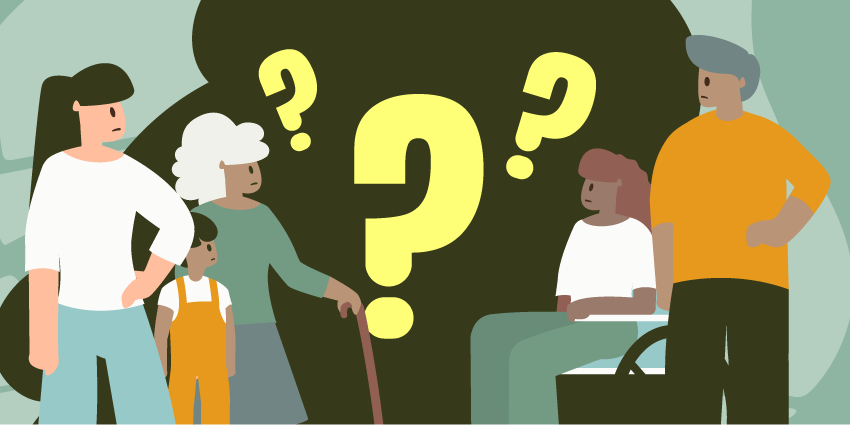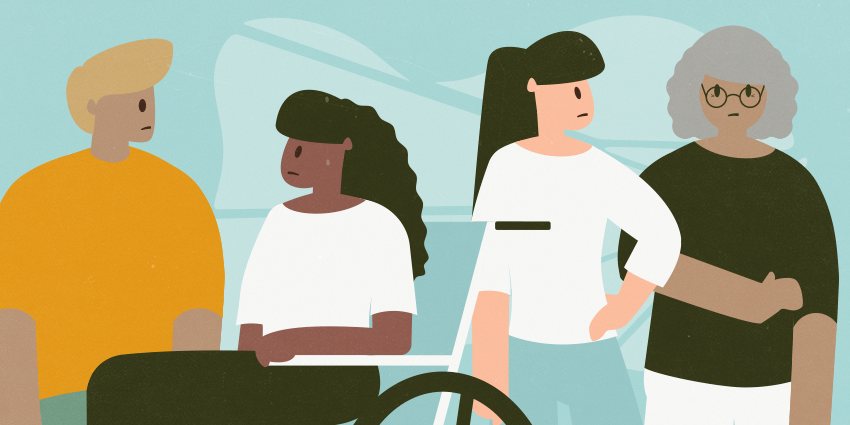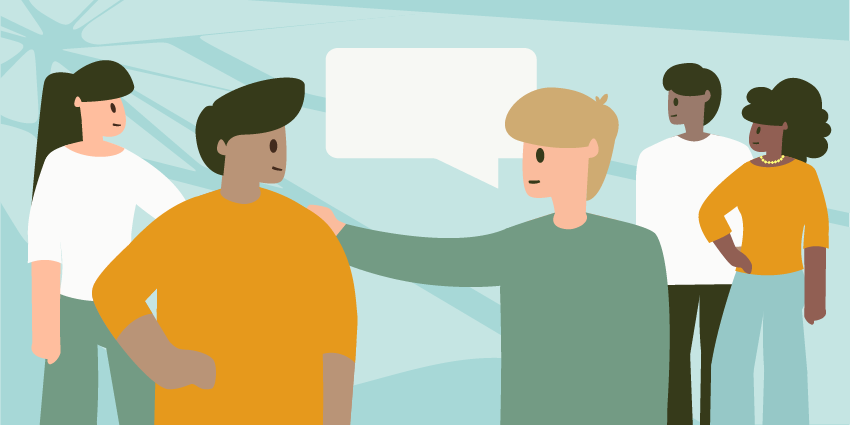Every relationship has its ups and downs. But it is important to understand where a healthy relationship stops, and an unhealthy one begins, particularly where someone is using abusive behaviours, such as coercive control.
A healthy, respectful relationship should bring you more joy than sadness or stress. You should feel safe around the other person and be able to openly discuss your feelings without fear. Your independence and free will to make your own decisions, shouldn’t be impacted by another person.
Everyone deserves to be respected and feel safe in their relationships. Violence and abuse are never acceptable.
What is a respectful relationship?
A respectful relationship is built on trusting one another, feeling safe, and being equal partners. You want to feel comfortable but not dependent, and you are able to have tough conversations without feeling scared.
Characteristics of a respectful relationship and what it looks like
Here are some key signs of healthy, thriving relationships:
- Trust and honesty: you trust one another and feel secure in the relationship. Feelings of jealousy, if any, are mild and don’t turn into extreme anger or controlling behaviour.
- Mutual respect: you value each other’s boundaries and respect differences in opinions.
- Open communication: you’re able to have difficult conversations and listen to the other’s point of view without fear of judgement.
- Independence: you can maintain a sense of self by having your own hobbies, interests and identities.
- Healthy conflict resolution: you handle disagreements together with a willingness to compromise on both sides, and you apologise when needed.
- Supportive: you cheer each other on and celebrate each other’s achievements.
- Equality: you make decisions together such as around finances, child raising and other important matters. Responsibilities and power are shared equally.
How to identify an unhealthy relationship
Here are some signs of an unhealthy relationship:
- Lack of respect.
- Minimising your concerns.
- Constant unease or unhappiness.
- Sacrificing your happiness for the other person.
- Not listening.
- Not respecting your boundaries.
- Making you feel unimportant or out of control of the decisions that impact your life.
- Limiting your freedom and controlling your decisions.
Some behaviours progress beyond ‘unhealthy’ and are considered abuse. Abusive behaviours are harmful and dangerous, and often happen more than once, forming a pattern of abusive behaviours. This can include coercive control which is family and domestic violence. Find out how to recognise signs of coercive control.
If you’re worried that you’re experiencing family and domestic violence, find out more about what you can do.
How to teach my kids about respectful relationships
Role modelling is one of the main ways children and young people learn about how to communicate with others. By consistently demonstrating respectful behaviours, you can teach your children about maintaining healthy relationships throughout their lives.
To teach kids about what a respectful relationship looks like you can cover topics such as:
- How to set boundaries with other people.
- Help them to identify and express their emotions.
- Teaching them what consent means.
- Show them it’s ok to ask for help.
- Help them to identify behaviours which aren’t respectful.
Respectful relationship programs
There are some programs in WA that focus on respectful relationships and stopping violence before it starts:
- Respectful Relationships Teaching Support Program: an evidence-based primary prevention program which focuses on promoting respectful relationships and gender equality in Western Australian public schools.
- Respectful Relationships Sport and Recreation Program: a primary prevention program which focuses on promoting respectful relationships and gender equality in sport and recreation clubs and organisations in Western Australia.






